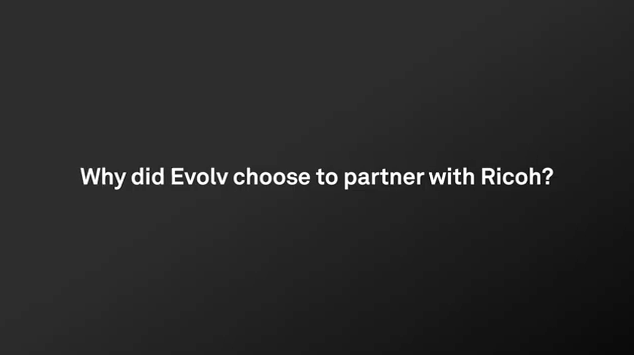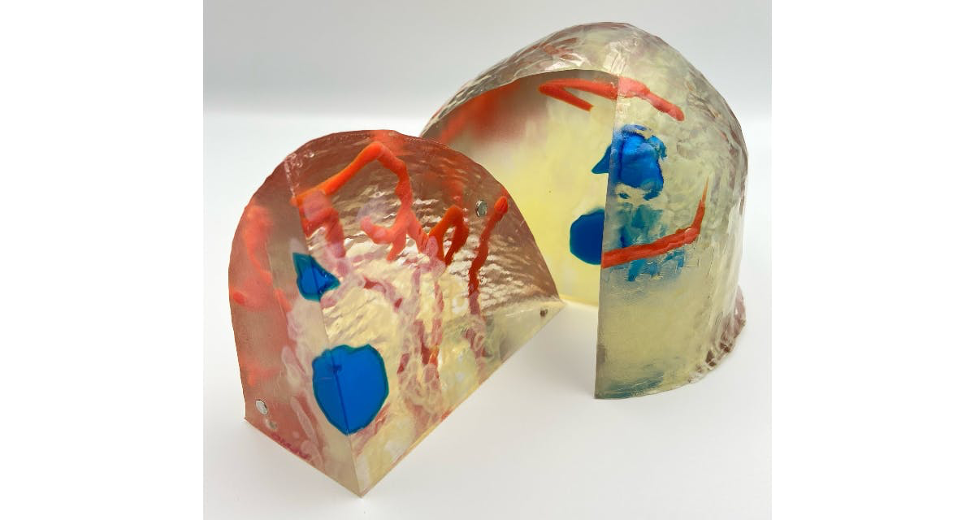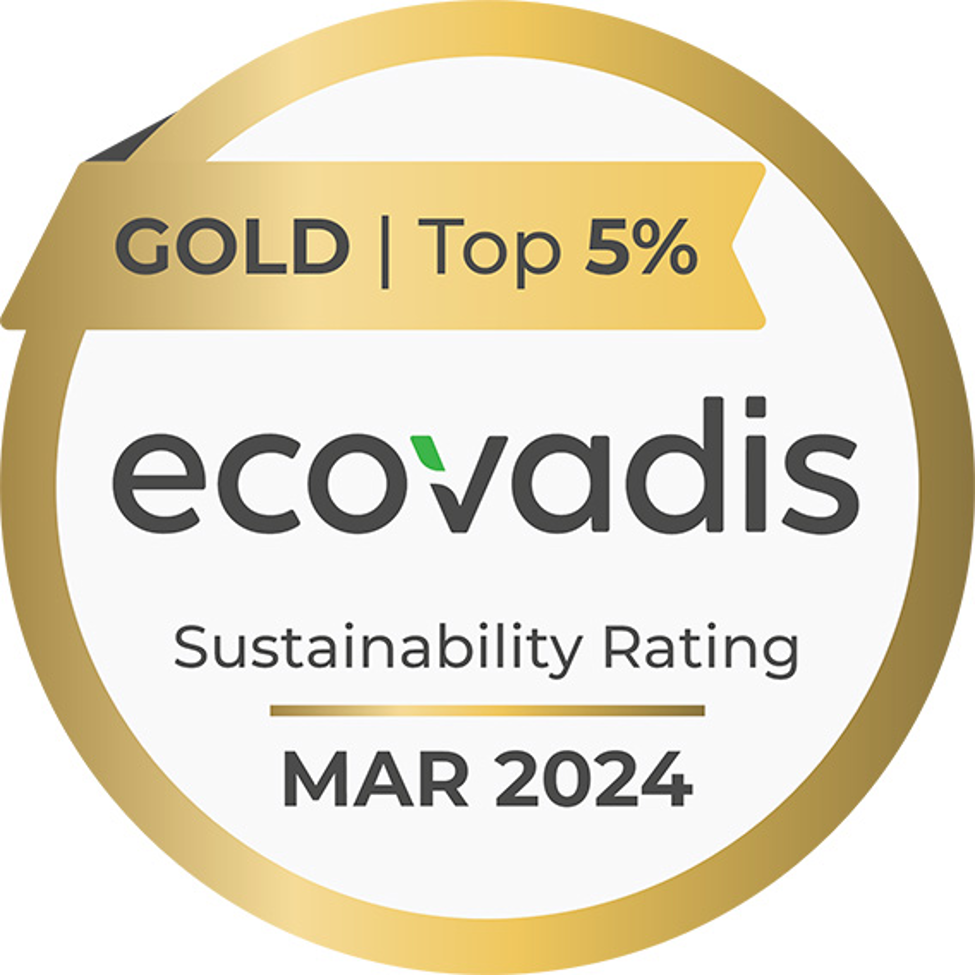 Google Glass, the small computer worn like eyeglasses that allows users to surf the Web, email, text, take photos and videos—as well as many other functions—is bringing science fiction to life.
Google Glass, the small computer worn like eyeglasses that allows users to surf the Web, email, text, take photos and videos—as well as many other functions—is bringing science fiction to life.The big question is whether Google Glass is a business technology strategy and tool your office can use to enhance productivity and reach a whole new realm of information mobility.

It’s hard to believe that Google unveiled its first Glass prototype more than two years ago. Now in beta, the product has life-changing potential; especially in the areas of healthcare, teaching, media and shopping. Users can learn, share details about their lives, and process information in real time. Since Google Glass switches focus from a hand-held device to one that becomes a focal point, basically, because you’re wearing it—everything that’s happening through the device brings the information to a whole new level.
In fact, platforms like Google Glass introduce limitless possibilities. As Forbes writer Will Burns puts it, “The applications of Google Glass extend as far as the eye can see, and as deeply as the mind can dream.”
Is it time for your business to jump into this new technology ecosystem? Perspectives on this are split, raising even more questions than answers.
1. ARE HUMANS READY FOR THE AUGMENTED REALITY GOOGLE GLASS BRINGS?
While the concept of augmented reality is well-established, Glass takes the concept of ‘always on’ to new heights — take a photo with a wink, translate photos in real time, read email instantly, and record video without holding up a camera.
The big question, however, is whether the human body can handle it.
Google has conducted significant research to make sure that the device is safe — and for many users, it will be. But people with specific health conditions should proceed cautiously. Eyesight, for example, falls on a spectrum. And ophthalmologists and medical researchers agree that there is reason to be concerned as headaches and dizziness are potential side effects of Glass.
As with any device, usage of Glass will vary. ‘Always on’ is one extreme use case — others will be using Glass in short increments.
The bottom line is that businesses need a clear understanding of these different use cases before developing products on the Glass platform and Google Glass developers need to study their target group’s physiology in addition to their consumer preferences.
2. ARE YOU THINKING ABOUT CONTEXT AND YOUR OFFICE ATMOSPHERE?
Google Glass is a touchy subject. The ‘cool factor’ is high among technology enthusiasts — but so is the potential for awkwardness in social settings.
Consumers don’t necessarily like advertising that they’re ‘always on’ technophiles. Incessant ‘Ok Glass’ commands can be awkward and disruptive in social settings.
A Seattle bar made headlines last year when it banned Glass, just days after it was announced. Bartenders and consumers alike are afraid of unsolicited video recordings — patrons caught on tape when they’re vulnerable.
While Google Glass has the potential to be ‘cool’ and useful, it’s equally likely to make bystanders feel awkward and uncomfortable as it really is a designed for one-person use.
Consider that the success of your Glass project will be dependent on context. Focus on sociology as much as technology when considering Glass as part of your business technology.
3. ARE THE BENEFITS OF WAITING WORTH THE COSTS?
Click here to read the rest of this blog on workintelligent.ly


